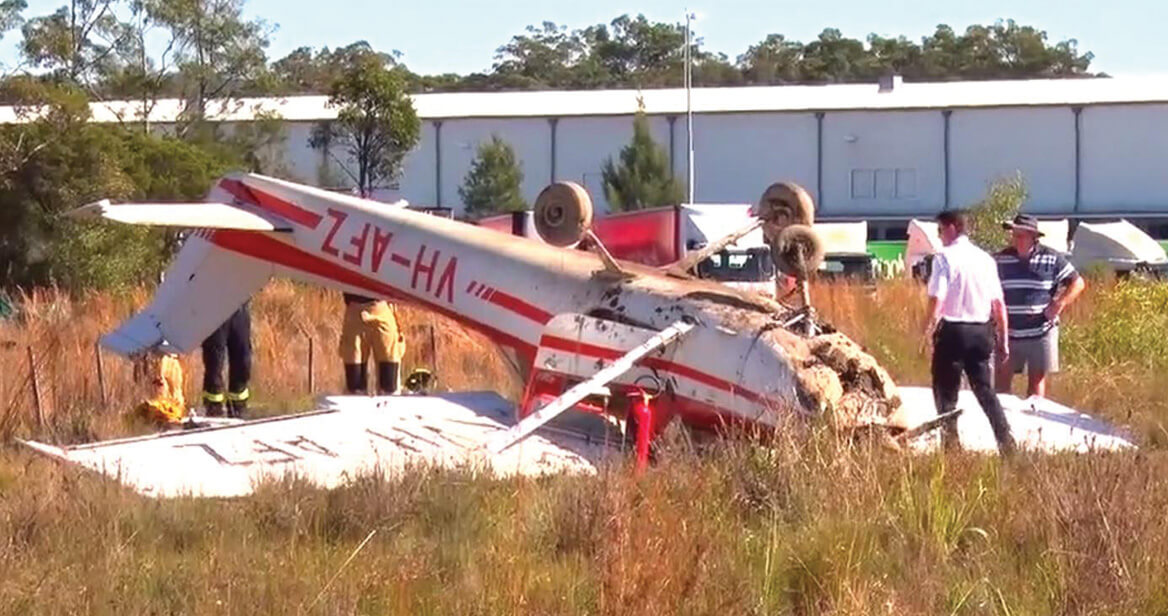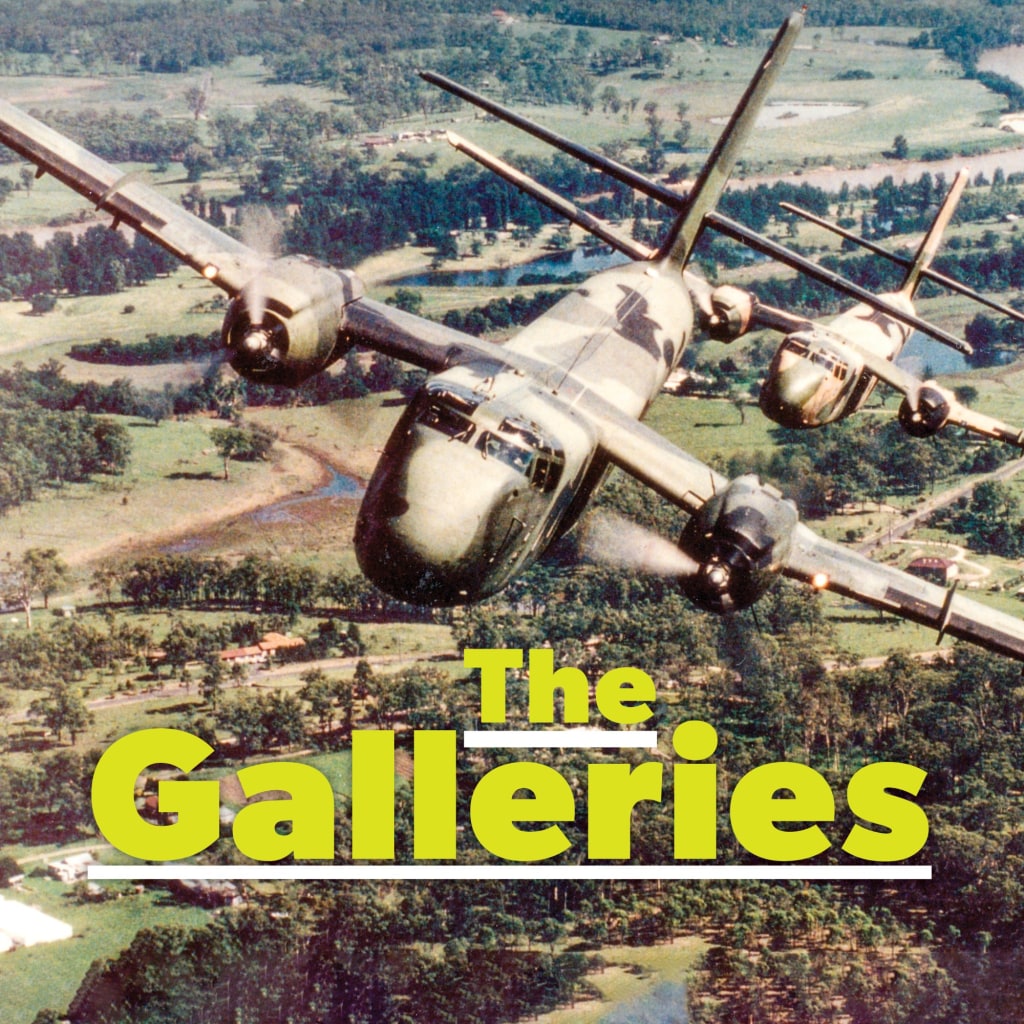
VH-100
A century since the Australian Civil Aircraft Register made the move from G-AU to VH

THIS YEAR marks a significant milestone in the history of the Australian Civil Aircraft Register as it is 100 years since VH started appearing on Australian registered aircraft. Prior to that, Australian aircraft came under the authorisation of Britain, which had been allocated G- for their aircraft. Commonwealth countries were then issued with a third and/ or fourth digit with England using G-E, Canada G-CA, New Zealand G-NZ and Australia G-AU. When Australia was allocated VH- in 1921, existing aircraft simply replaced the G-A with VH- so G-AUAA became VH-UAA and so on. New aircraft were issued with new registrations in the VHseries starting with VH-AAA and continued for some time being allocated in strict chronological order. Certain registrations were banned such as VH-BUM and VHSEX for obvious reasons and VHILS and VH-DME as they could cause confusion with navigation aids on flight plans. The complete VH-Q block was not used due to possible confusion with the “Q” code, which was being used at the time in radio communications whereby for example QRK meant “in contact with”, and some of A century since the Australian Civil Aircraft Register made the move from G-AU to VH these codes are still in use today such as QNH and QFE. VH-G was originally reserved for gliders and VH-H, VH-J, VH-L, VH-N, VH-V, VH-X, VH-Y and VH-Z were all reserved for military aircraft but were later released for civil use, as were the inappropriate markings and others that were previously banned. Registrations continued in chronological order until airlines wanted blocks of marking for their aircraft such as VH-CZ for the Ansett DC-9 fleet and out-of-sequence registrations for personal use later became the norm. Incidentally, there have been several theories about why Australia was issued with VH-, all of which are untrue. These letters were completely arbitrary and fell into line with other commonwealth countries being issued with marking in the “V” range such as Fiji with VQ- (later changed to DQ-) and many African countries using VP-.
Only one new aircraft type can be found in the New Allocations this issue, but several new subtypes are shown. Krishna Parikh’s Silence Twister XYN is the first of its type on the local register and is a single-seat, low-wing monoplane with either a retractable or fixed tailwheel undercarriage. The electronically retractable main wheels, complete with hydraulic brakes, retract into wells that are half in the fuselage and half in the wing underside and are then partially covered by doors attached to the undercarriage legs. A fail-safe system is built into the aircraft in the event of a complete electrical failure. Designed in Germany by Silence Aircraft for the amateur builder, and reported to be inspired, ironically, by the Spitfire, it first flew on 30 September 2000 and can be built from plans or a kit. The cockpit is a monocoque structure with the central wing spar, the landing gear attachments and the seat belt mounts directly connected to the structure. The prototype was fitted with a 40kW, single rotor Wankel engine but the recommended engines are now the 63kW Jabiru 2200 or the 71kW ULPower UL260i. The Twister prototype was fitted with Silence’s own designed automatic variable pitch propeller called the “VProp” but most aircraft are now fitted with a standard fixed-pitch unit. The aircraft can be fitted with a ballistic recovery parachute and the manufacturer is quoting a 110- knot cruise speed, a range of 1,300 kilometres and g limits of +6/-4.
This content is available exclusively to Australian Aviation members.
Subscribe to Australian Aviation for unlimited access to exclusive content and past magazines.A monthly membership is only $5.99 or save with our annual plans.
- Australian Aviation quarterly print & digital magazines
- Access to In Focus reports every month on our website
- Unlimited access to all Australian Aviation digital content
- Access to the Australian Aviation app
- Australian Aviation quarterly print & digital magazines
- Access to In Focus reports every month on our website
- Access to our Behind the Lens photo galleries and other exclusive content
- Daily news updates via our email bulletin
- Unlimited access to all Australian Aviation digital content
- Access to the Australian Aviation app
- Australian Aviation quarterly print & digital magazines
- Access to In Focus reports every month on our website
- Access to our Behind the Lens photo galleries and other exclusive content
- Daily news updates via our email bulletin












